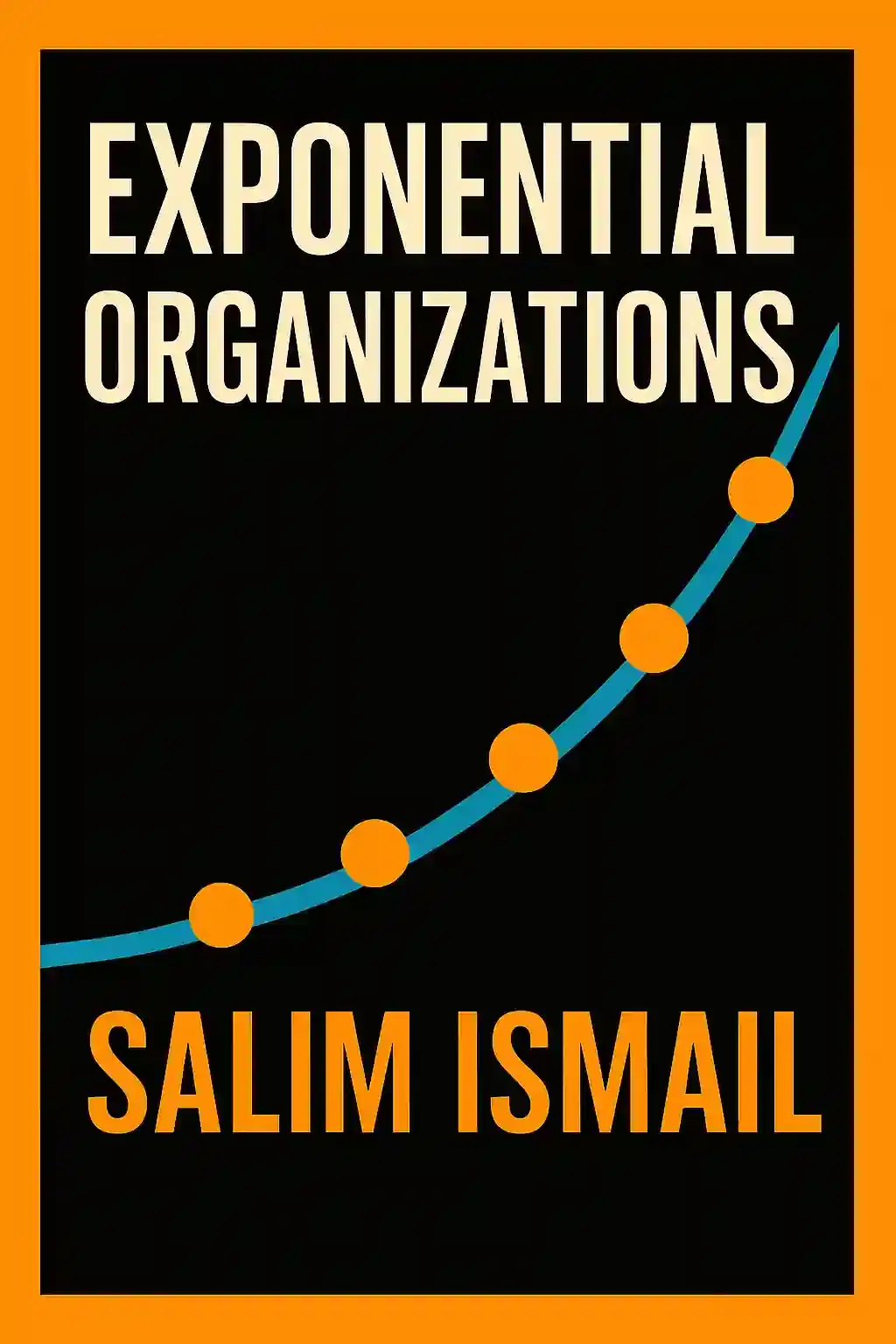What is
Scaling Up Excellence about?
Scaling Up Excellence by Robert I. Sutton and Huggy Rao explores how organizations can spread successful practices without compromising quality during growth. The book emphasizes balancing standardization with local adaptation, fostering shared mindsets, and eliminating barriers to excellence. Drawing on case studies from companies like Google, Facebook, and the U.S. Marines, it provides actionable strategies for leaders navigating the challenges of scaling.
Who should read
Scaling Up Excellence?
Executives, managers, and entrepreneurs seeking to expand their organizations effectively will benefit from this book. It’s also valuable for nonprofit leaders, educators, and teams handling organizational change. The principles apply to startups scaling rapidly and established companies aiming to revitalize processes.
Is
Scaling Up Excellence worth reading?
Yes—this book combines rigorous research with practical examples, offering a roadmap for scaling without mediocrity. It’s praised for its actionable insights, such as the “Buddhism vs. Catholicism” framework and strategies for linking “hot causes to cool solutions.” Readers gain tools to cascade excellence while avoiding common growth pitfalls.
What is the ‘Buddhism vs. Catholicism’ approach in scaling?
This metaphor contrasts customizable scaling (“Buddhism”—adapting to local needs) with standardized replication (“Catholicism”—uniform practices). The authors argue that effective scaling requires balancing both: preserving core principles while allowing flexibility. For example, IKEA maintains consistent branding globally but tailors store layouts to regional preferences.
How does the book address maintaining quality during growth?
It highlights the “problem of more” (expanding reach) and the “problem of better” (improving quality). Key solutions include fostering accountability through shared ownership (“I own the place, the place owns me”), pruning destructive habits, and using “premortems” to anticipate risks. The Girl Scouts and Bridge International Academies exemplify scaling while enhancing standards.
What strategies does
Scaling Up Excellence recommend for scaling?
- Link hot causes to cool solutions: Pair urgent goals with practical tools (e.g., Salesforce’s gamified training).
- Be a “poet and plumber”: Inspire teams while addressing logistical details.
- Reduce “cognitive load”: Simplify processes to avoid overwhelming employees.
- Leverage “credible transporters”: Use respected insiders to spread best practices.
How does
Scaling Up Excellence compare to other leadership books?
Unlike generic leadership guides, this book focuses specifically on scaling challenges through real-world examples. It complements works like Good to Great by addressing how to sustain excellence during expansion, not just achieve it initially.
What real-world examples are featured in the book?
Case studies include:
- Facebook: Scaling transparency via “hackathons” and open communication.
- Johns Hopkins Hospital: Reducing infection rates through checklist adoption.
- JetBlue: Maintaining customer service standards during rapid growth.
- Rocketship Charter Schools: Replicating educational success across locations.
What criticisms does
Scaling Up Excellence face?
Some note that smaller organizations may struggle to apply certain strategies without ample resources. Others argue the book prioritizes mindset over measurable metrics. However, its principles remain adaptable to diverse contexts.
Can nonprofits apply
Scaling Up Excellence principles?
Yes—the Girl Scouts and Bridge International Academies show how nonprofits scale impact. The book advises tailoring approaches to mission-driven contexts, such as using “hot causes” to rally volunteers or replicating successful programs across regions.
Why is
Scaling Up Excellence relevant in 2025?
With remote work and global teams now commonplace, its lessons on balancing consistency with flexibility are critical. The focus on reducing complexity and fostering accountability aligns with modern challenges like hybrid collaboration and AI-driven scaling.
How does
Scaling Up Excellence advise leaders to handle resistance?
The authors recommend “subtracting” obstructive practices, engaging skeptics through peer influence, and using storytelling to align teams. For example, Wyeth Pharmaceuticals phased out outdated rituals hindering drug development.














